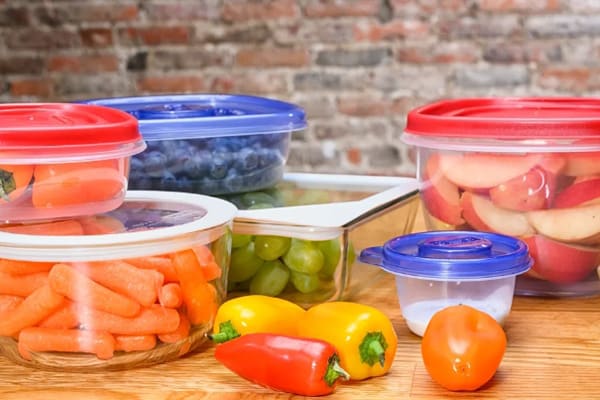In today’s fast-paced world, disposable food storage containers have become an essential part of our daily lives. They offer convenience for storing leftovers, meal prepping, and taking food on the go. However, concerns about the safety of using plastic containers for food storage have grown in recent years. This article explores which plastic containers are safe for food storage, highlighting important considerations and safety standards.
Understanding Plastic Types
Plastic containers are made from various types of plastics, each with unique properties. The safety of these containers largely depends on the type of plastic used. Here are the most common types:
- Polyethylene Terephthalate (PET or PETE): Often used for disposable beverage bottles and food jars, PET is generally safe for single-use applications but not recommended for repeated use due to the potential leaching of chemicals.
- High-Density Polyethylene (HDPE): Found in milk jugs, detergent bottles, and some food containers, HDPE is considered safe for food contact and is resistant to both moisture and chemicals.
- Polyvinyl Chloride (PVC): Used in cling wraps and some food containers, PVC can release harmful chemicals, particularly when heated. It is best to avoid using PVC for food storage.
- Low-Density Polyethylene (LDPE): Used in bread bags, squeeze bottles, and some food wraps, LDPE is considered safe for food storage but is not as sturdy as HDPE.
- Polypropylene (PP): Commonly used for yogurt containers, straws, and food storage containers, PP is heat-resistant and considered one of the safest plastics for food storage.
- Polystyrene (PS): Found in disposable coffee cups, plastic food boxes, and cutlery, PS can leach harmful chemicals, especially when exposed to heat. It is best to avoid using PS for food storage.
- Other Plastics (PC, PLA, etc.): This category includes various other plastics, including polycarbonate (PC) and polylactic acid (PLA). PC can release Bisphenol A (BPA), a harmful chemical, while PLA, made from corn starch, is biodegradable and considered safe for food storage.
Key Considerations for Safe Food Storage
- Check for Food Grade Label: Ensure that the plastic container is labeled as food-grade. Look for labels such as “food-safe” or symbols like a fork and cup. These labels indicate that the container meets safety standards for food contact.
- Avoid BPA and Phthalates: BPA (Bisphenol A) and phthalates are chemicals found in some plastics that can leach into food and pose health risks. Choose containers labeled as BPA-free and phthalate-free to minimize exposure to these chemicals.
- Temperature Tolerance: Consider the temperature tolerance of the plastic. Some plastics are not suitable for microwave or freezer use and can release harmful substances when exposed to extreme temperatures. Polypropylene (PP) is generally safe for both microwave and freezer use.
- Reuse and Recycling: Disposable food storage containers are designed for single use. Reusing these containers can lead to wear and tear, increasing the risk of chemical leaching. Opt for reusable containers made from safe plastics like PP or HDPE for long-term use.
- Avoid Scratched or Damaged Containers: Scratches and cracks in plastic containers can harbor bacteria and increase the risk of chemical leaching. Regularly inspect your containers and replace any that show signs of damage.
Popular Safe Plastic Containers
- Rubbermaid Brilliance: Made from BPA-free Tritan plastic, these containers are known for their durability and clarity. They are safe for microwave, freezer, and dishwasher use.
- Ziploc Containers: Ziploc offers a range of food storage containers made from BPA-free plastic. They are affordable, widely available, and safe for both microwave and freezer use.
- Tupperware: A trusted brand in food storage, Tupperware containers are made from high-quality, BPA-free plastic and designed for durability and long-term use.
- Glad Food Storage Containers: These containers are made from BPA-free plastic and are safe for microwave and freezer use. They are a cost-effective option for everyday food storage.
Conclusion
Regarding disposable food storage containers, safety should be a top priority. You can make informed choices by understanding the types of plastics used in these containers and considering key factors such as temperature tolerance and potential chemical leaching. Opt for containers labeled as food-grade, BPA-free, and suitable for your intended use to ensure your food remains safe and healthy.
Post time: 08-07-2024




